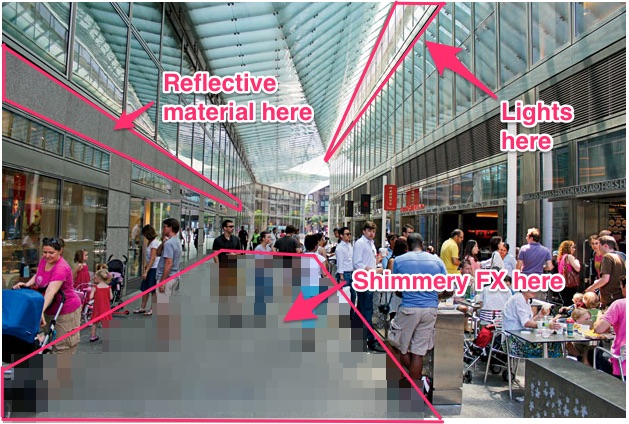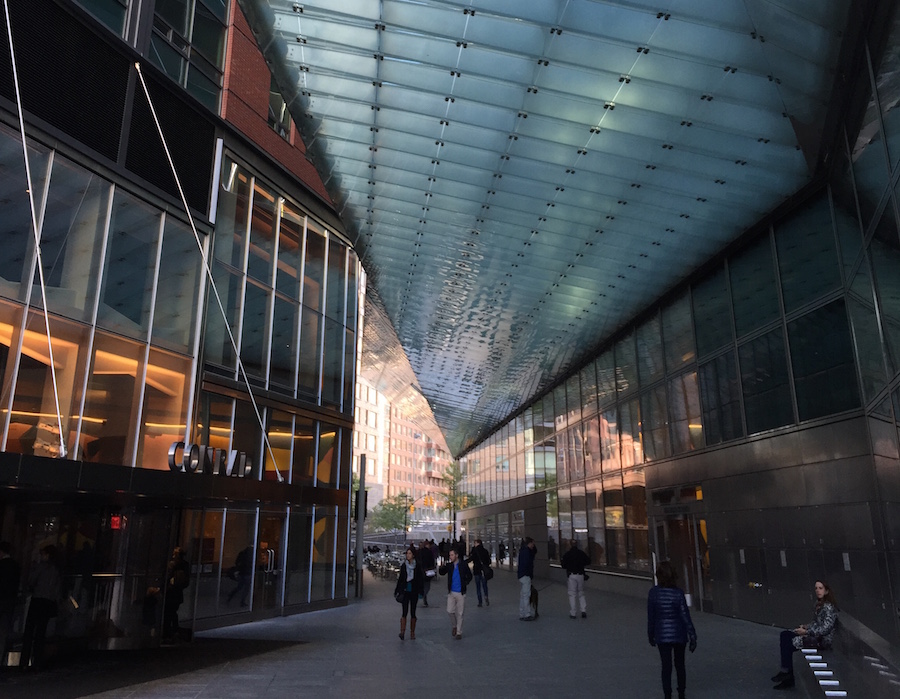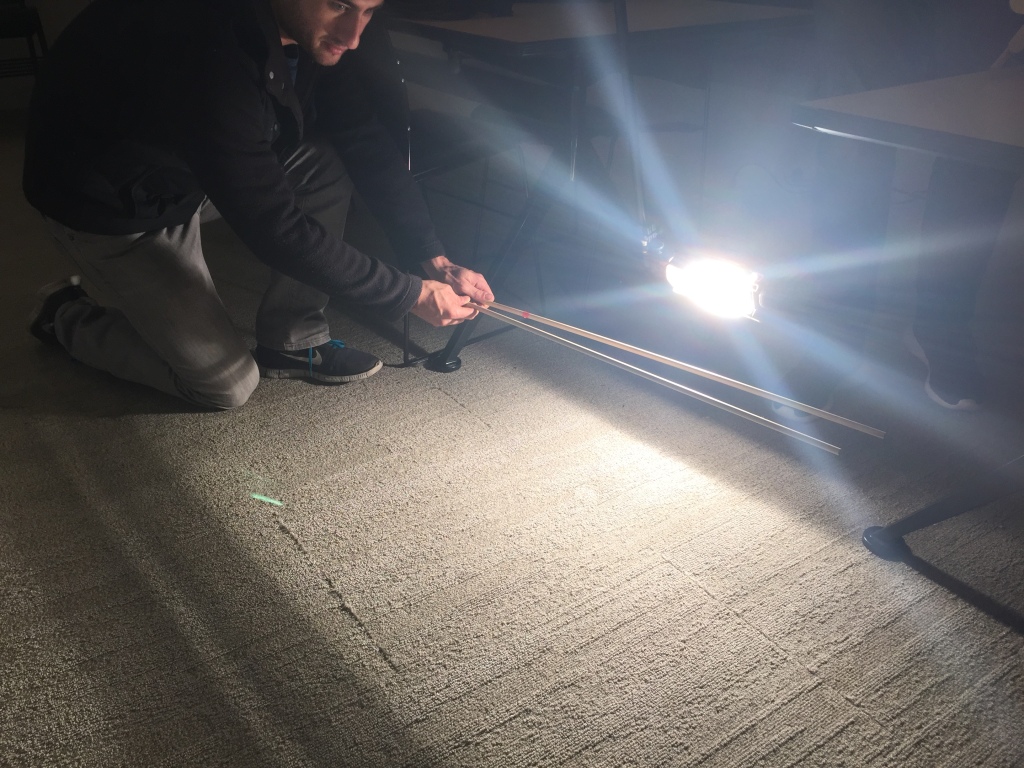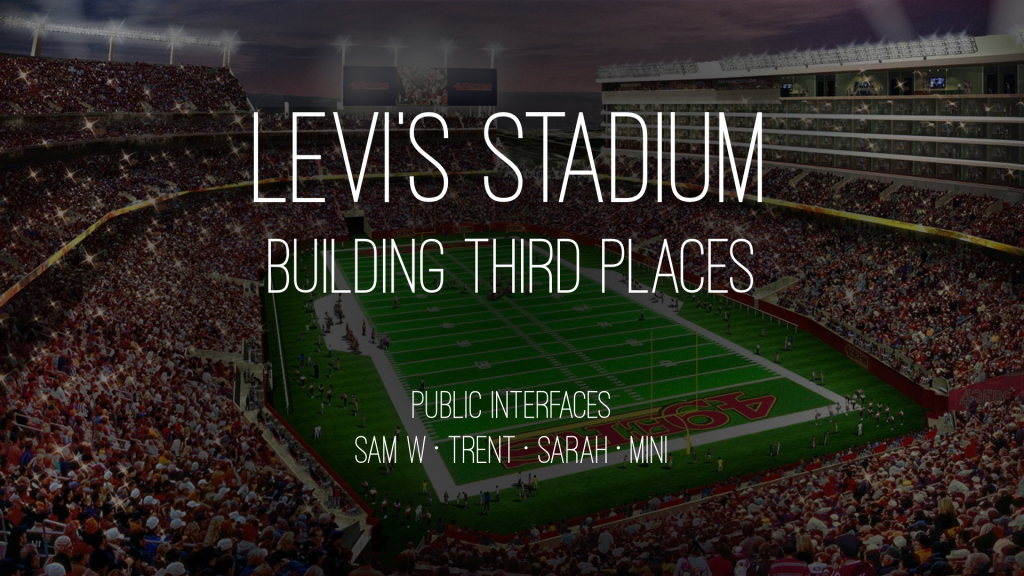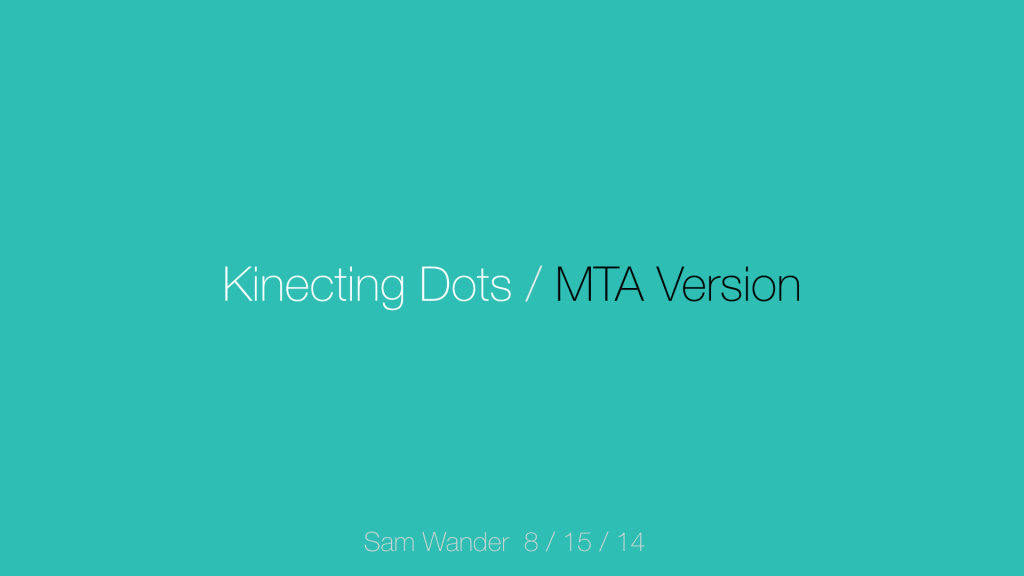Background
The social connection amongst football fans – and tension between opponents – is a core part of the experience. Though fans are (mostly) strangers they have a common cause, and shared interest. With the high running emotions typical of passionate fans, there’s a tangible bond amongst crowds – be that at the stadium, in a bar, or just at home.
The fans at the stadium are the epicenter of the far wider distribution of fans watching elsewhere. They hold the strongest connection to the stadium, the team and the unfolding events. They even – arguably – have the power to influence events by jeering the opponent and backing their own team. This effect is amplified for a home team, given the majority of seats belonging to home team fans and the bias of the stadium (e.g signage, jumbotron content, announcements, music). This effect is a key component of the ‘home team advantage’.
Fans elsewhere are conscious of the fans at the stadium, they see and hear them. But within the stadium the huge distribution of fans elsewhere is not greatly evident. Social media, particularly Twitter, has changed this partially. But the impact of “outside” fans on the game itself is minimal.
Despite this lack of impact, outside fans don’t hold back their jeering and cheering. Sometimes lone TV watchers will shout violently at the screen. It’s simply part of the experience to react to the game.
We’d like to let fans outside the stadium have a more direct impact on the experience inside the stadium, forging more of a connection between the fans at the epicenter (at the event) and those beyond, and perhaps letting fans not in attendance influence the game in some way.
Goals
– Fans outside the event (i.e tailgating, at bars, or at home) will be able to influence some visual or auditory component of the stadium experience.
– Fans outside the event will receive feedback / be aware of their impact on the stadium experience.
– Fans at the event will be aware of that fans outside are influencing part of their stadium experience, in support of their team or against the opponent.
– The input will neither be disruptive to the watching experience for “outside” fans nor for “inside” fans. It will add not take away from the game.
– At best all fans will believe the product has a direct (positive) impact on the performance of their team, or (negative) performance of the opponent.
— Fans at home will feel a stronger connection to the stadium, and thus feel encouraged to attend games at the stadium.
Parameters
– No additional technology will be required in the stadium beyond the current setup.
– No additional technology will be required by “outside” fans beyond their current smartphones.
– We will use phone sensors for some form of input.
– We will use stadium auditory or visual technology for some form of output.
– Smartphones belonging to fans inside the stadium may also be utilized.
– While contributing to home team advantage, the product should also be available to the away team, and shouldn’t distort the stadium experience to the point of being perceived as unfair.
—Can not directly affect gameplay, per rules of NFL.
—Timing should consider the staggered nature of the game, and focusing on the gaps in play.


